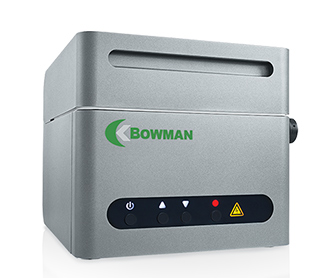Rhodium on Gold Alloys for the Jewelry Industry
Rhodium plating is a standard process in the Jewelry and precious metals industry. Often referred to as 'flashing' or 'dipping,' a thin layer of rhodium is electroplated onto alloys of gold, silver, or other metals to apply a bright, reflective white finish and increase resistance to scratches and tarnish.
White gold alloys are almost always plated with rhodium, as their natural color is more of an off-white rather than the bright, cool white many customers expect. The rhodium layer also prevents allergic reactions wearers can have to the nickel used in some white gold alloys by providing a barrier between the skin and the white gold base. Many people also choose to have yellow gold plated with rhodium for the practical and aesthetic benefits it offers.
It is important for jewelers and customers alike to accurately measure both the rhodium thickness and the purity of the gold underneath without stripping the rhodium. Both gold and rhodium are costly materials. A layer of rhodium that is too thin will wear off quickly, exposing patches of the base alloy underneath and making it unsuitable for jewelry that will be worn daily. While a thicker layer will last longer, it is more expensive and can be at risk for cracking.
X-Ray Fluorescence (XRF) allows for a quick and reliable method to accurately measure the composition of the gold (and other alloys) and the thickness of the rhodium plating simultaneously. All of Bowman's XRF systems are equipped with Silicon Drift Detectors (SDDs) to accurately and precisely determine the composition of every elemental component of the base alloy underneath the plating layer. Results can be obtained in seconds, without any tedious sample preparation. Just place sample on the measurement stage and click measure! XRF is also completely non-destructive, unlike methods such as fire assay and ICP.
Read our application note on platinum over Rhodium Plating on Gold Alloys for the Jewelry Industry to learn more.
Conclusion
Bowman XRF systems are versatile analytical tools for simultaneously measuring the composition of precious metals underneath a rhodium plating as well as the thickness of the top rhodium layer. Beyond Rhodium plated gold, XRF can also be used for a varieties of simple and complex plating thickness analysis, compositional analysis, RoHS screening, and quick solution analysis. The reduced costs of time, personnel, and instrumentation required by other methods make Bowman XRF an excellent alternative. Call our support Team for more information.
Need Help? LET’S TALK





 Made in the USA
Made in the USA